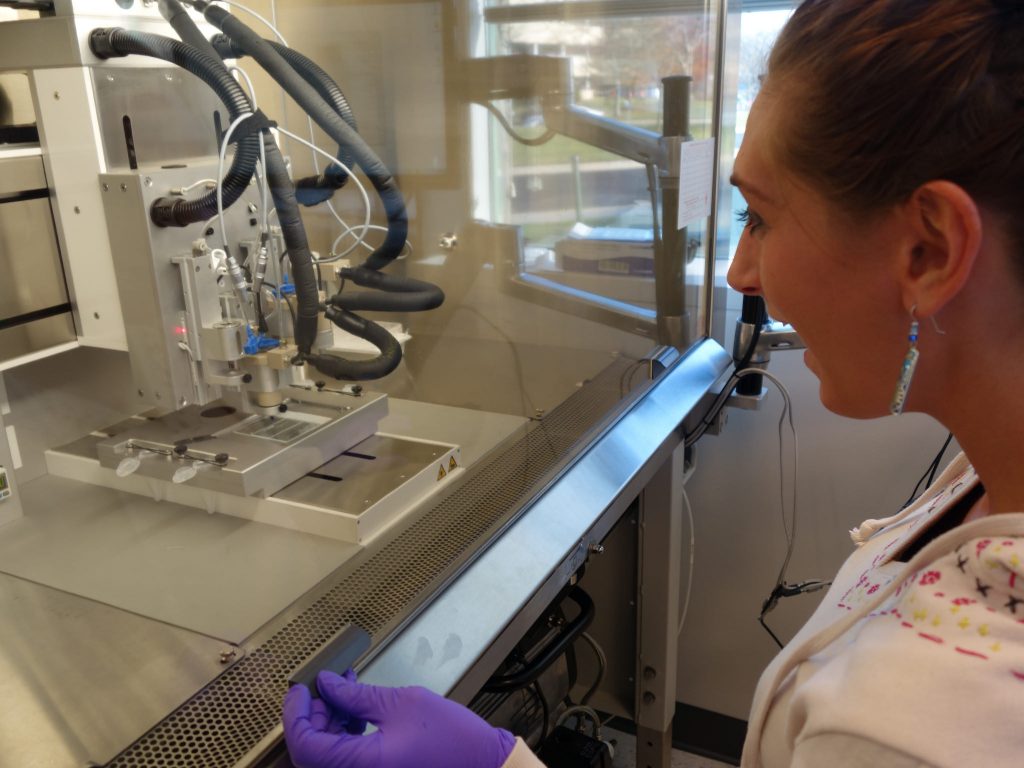Scientists at the University of Utah have successfully developed a method to produce human tissue by 3D printing. The futuristic vision of medical procedures could be around the corner. Patients with damaged ligaments or tendons will soon have new tissue printed and implanted in case of damage to the area.
You have probably heard all about 3D printing of prosthetics or mechanical parts. However, the team of biomedical engineers from Utah have produced human tissue with the help of 3D printing.
How 3D Printing of Human Tissue Works
Assistant professor Robby Bowles and his colleague David Ede published a paper in the Journal of Tissue Engineering, Part C: Methods and explained how to 3D-print human tissue from stem cells. Their 2-year research turned out to be fruitful.
The process begins with taking stem cells from the patient’s body and placing them in the hydrogel. They will grow in vitro in culture prior to the implantation. It may sound easy, but it is, in fact, a complex method because the tissue contains all kinds of tissue to be able to stick to the bones. Bowles said that it “is a technique in a very controlled manner to create a pattern and organizations of cells that you couldn’t create with previous technologies”.
Replacement tissue for people with ligament or tendon damage is currently harvested from a cadaver or from another part of the body. However, the tissue is often of poor quality, so the team says the 3D printing method is great for these kinds of procedures. The process has also shown potential with complicated structures such as spinal discs.
What the Future Brings
Although the method is currently used for ligaments, tendons and spinal discs, Bowles said that “it literally could be used for any type of tissue engineering application.” The next big idea coming from the University of Utah is to use 3D printing to create whole organs, thus making way for new research in the field.
Image Credit: NCATS via flickr.com






